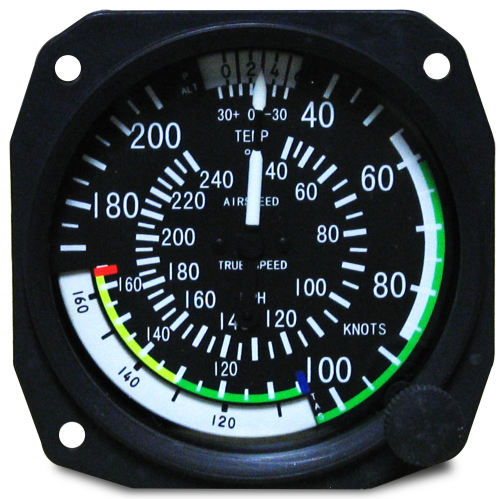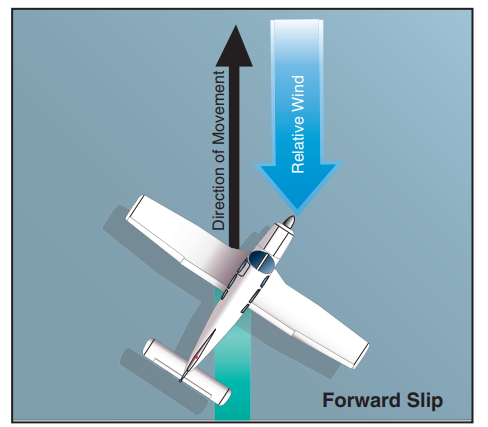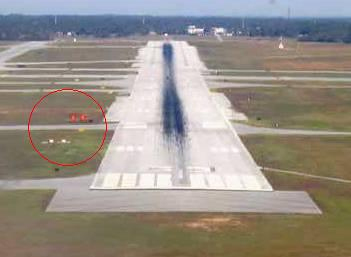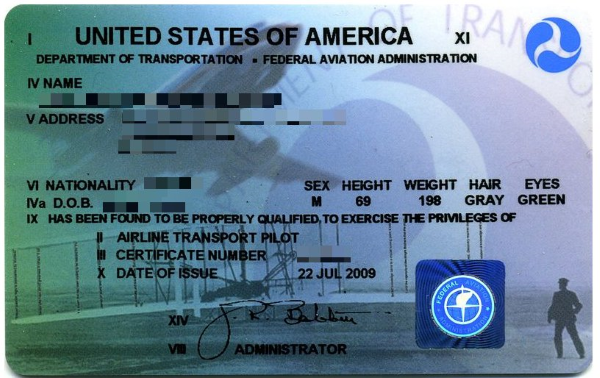Airplanes only create lift within a certain speed range, so to maintain flight, a pilot has to fly between minimum and maximum speeds. Just reading the airspeed off of the Airspeed Indicator doesn’t give the full picture, however. There are inherent accuracies in the Airspeed Indicator itself, as well as other conditions that make the Read More…
Author: Rob V.
Mastering Crosswind Landings: 3 Techniques To Use
What happens when you want to land, but the wind isn’t directly down the runway? Well, if you happen to be flying in the Navy you can radio to the ship captain to position the runway at a better angle. For the rest of us, you have to make a crosswind landing. Although this can Read More…
Visual Approach Slope Indicator (VASI) Explained
Most people, both pilots and passengers alike, will judge the flying skills of a pilot based on how smoothly they can put the aircraft down on landing. Performing the perfect landing starts off by making a perfect approach. Making a perfect approach can be made much easier by taking advantage of everything installed at the Read More…
Choosing a Flight School Near You
Learning to fly can be one of the most challenging, yet rewarding activities you may ever partake upon in your life. One of the most important decisions you will make about your flying career is choosing the right flight school. Sometimes this is not so easy, as you may only have one or two flight Read More…
Restricted ATP Explained
Before being allowed first officer privileges in an airliner, one must get an ATP (Airline Transport Pilot) certificate, which requires 1500 flight hours, among other requirements. With that said, is there a way to get into the right seat without 1500 hours? Yes, with the R-ATP, or Restricted Airline Transport Pilot certificate. Under certain circumstances, Read More…





